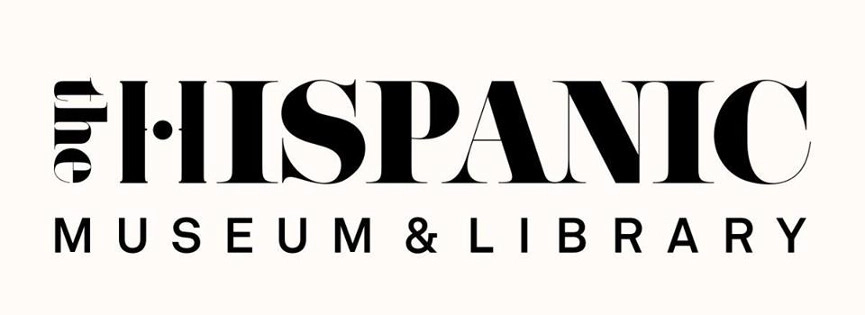Main content
Hispanic Society of America 2017 Princess of Asturias Award for International Cooperation

The Hispanic Society of America (HSA) is a private organization founded on 18th May 1904 in New York City by Archer Milton Huntington (1870-1955). It was inspired by his visits to the British Museum in London and the Louvre in Paris in the late 19th century. HSA was created with the aim of establishing a museum, a library and an educational institution with free public access to advance the study of the languages, literature and history of Spain and Portugal, as well as the countries in which Spanish and Portuguese were or are still spoken. It opened to the public in 1908. A century later, in 2008, the decision was taken to update its mission so as to include the tasks of preservation, collection, study, exhibition and improved knowledge of works directly related to the arts, literature and history of the countries and regions in which Spanish and Portuguese were or have continued to be predominant languages, such Latin America, the Philippines and Portuguese India. HSA closed its doors to the public between 2017 and 2019 to renovate its facilities.
The Hispanic Society Museum houses more than 23,000 unique exhibits, including paintings, sculptures, ceramic pieces, textiles and furniture, ranging from the Palaeolithic to the 20th century. The Hispanic Society collection of paintings includes works such as Goya’s portrait of The Duchess of Alba, Velázquez’s Camillo Astalli, known as Cardinal Pamphili and Pietá by El Greco. It also boasts a room with large murals painted by Joaquin Sorolla. It likewise houses medieval and Renaissance altars, as well as engraved tombs, in addition to unique Hispano-Islamic forged iron and ceramic pieces.
The Library, on the other hand, contains around 175,000 photographs, as well as numerous rare books from Latin America, more than 30,000 copies of which date from before 1830, including around 250 incunabula. The first editions of El Quijote, La Celestina and Os Lusiadas are worthy of special attention. The collection of manuscripts is very extensive, ranging from the 11th to the 20th century, with around 250,000 exhibits including medieval charts and maps (for instance, Juan Vespucci’s Map of the World, 1526), patents of nobility certifying noble lineage, illuminated bibles and books of hours. HSA has a research library with over 300,000 volumes on diverse subjects such as literature, fine arts, geography, history and Hispanic culture. Barely 5% of the entire collection is on display in its rooms. In addition, it promotes knowledge of Hispanic culture through educational programmes aimed at schoolchildren, concerts and dance performances, as well as through cultural cooperation, working in collaboration and carrying out exchanges with some of the world’s leading museums and cultural institutions.
On 4th April this year, the Prado Museum inaugurated an exhibition open until 10th September entitled “Visions of the Hispanic World. Treasures of the Hispanic Society of America”, displaying more than 200 works on loan from HSA that span over 4,000 years of history.
End of main content
